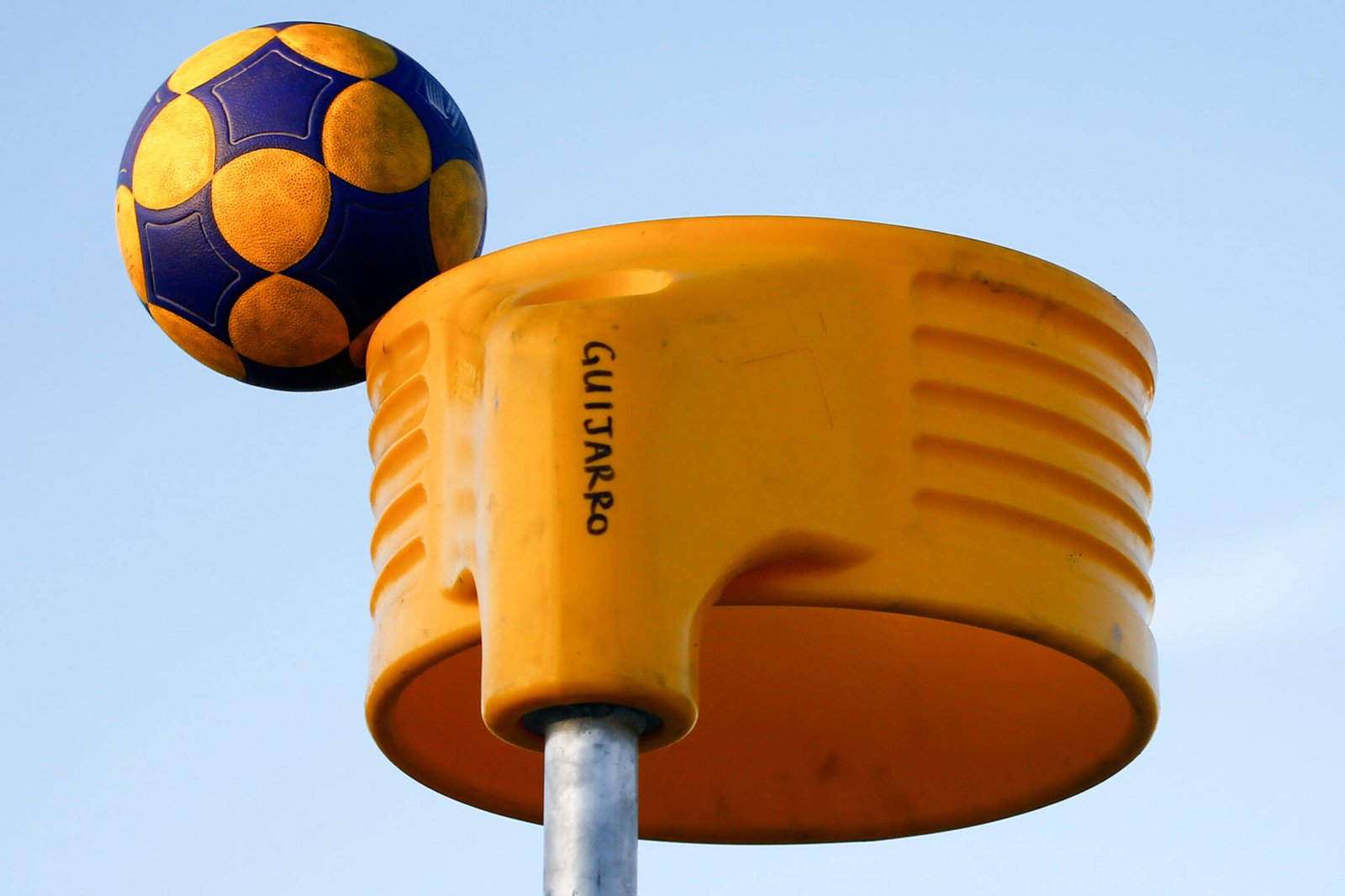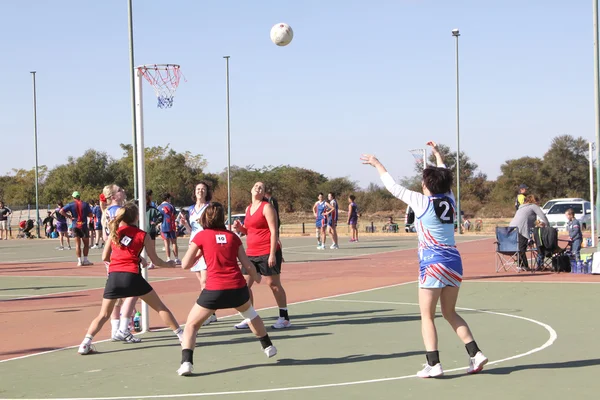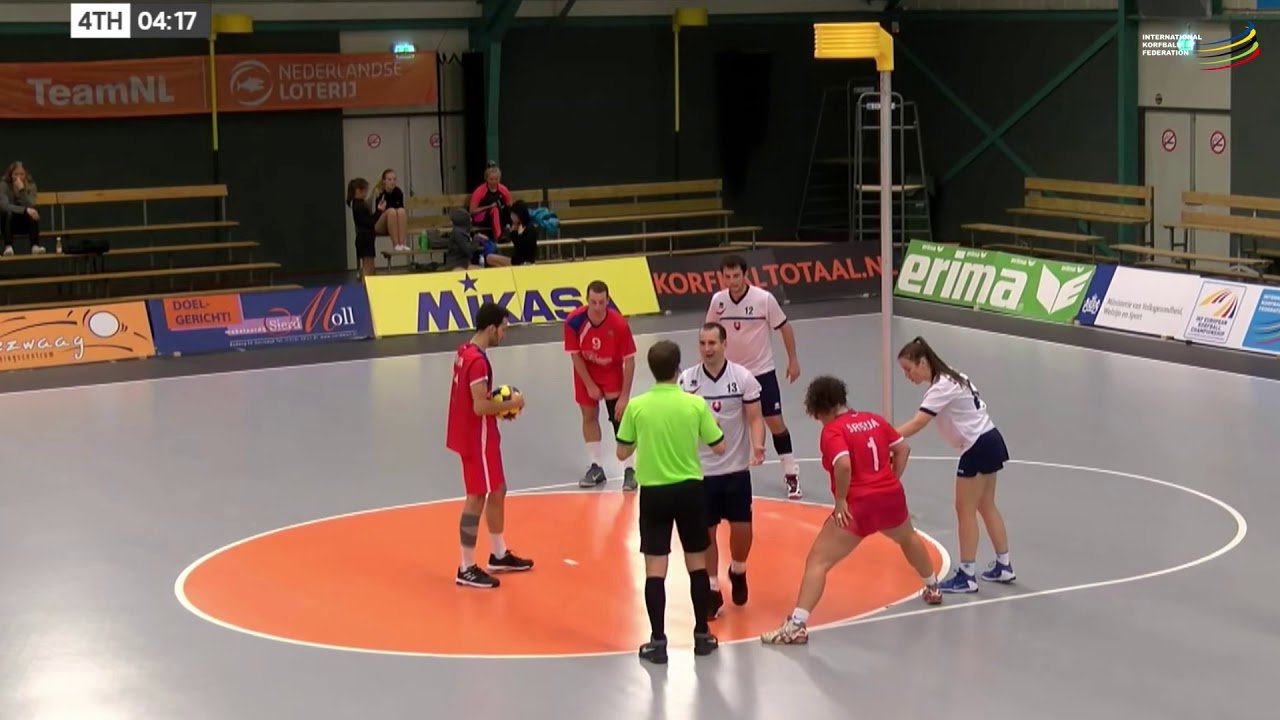Korfball is a fast-paced, inclusive team sport that offers an excellent way for children to build teamwork, coordination, and confidence. If you’re new to coaching or introducing korfball in a school or club environment, this guide breaks down everything you need to know. From setting up your first session to adapting drills for different age groups, this beginner-friendly resource helps you teach korfball to children with clarity and confidence.
Why Korfball Is Ideal for Children
Korfball is unique among team sports for its emphasis on gender equality, collaboration, and versatility. Here’s why it works so well in youth sport settings:
Inclusive and Equal
Korfball is typically played with four boys and four girls on each team, encouraging gender balance and mutual respect from the outset.
Skill-Based, Not Physical-Dominant
Unlike many contact sports, korfball minimises physical aggression and focuses on spatial awareness, timing, and tactical thinking.
Supports Physical Literacy
Children develop a wide range of movement skills—jumping, throwing, pivoting, catching—within one fun, engaging format.
Getting Started with a Korfball Session
Whether you’re a PE teacher, club volunteer, or youth worker, these tips will help you start strong.
Equipment Needed
- 1 korfball per 4–6 players
- Portable or fixed korfball posts (3.5m high)
- Cones to mark zones or drills
- Bibs to split teams
- A whistle and stopwatch for timing
Court Setup
If a full court isn’t available, you can mark out a half-court or reduced area with cones. Make sure safety and spacing are prioritised, especially with younger players.
Age-Appropriate Coaching Tips
Under 8s
- Focus on simple activities like passing and catching
- Use mini posts or lower the korf to reduce difficulty
- Keep sessions short and energetic (20–30 minutes)
Ages 9–12
- Introduce basic rules: marking, defending, and moving without the ball
- Play 4v4 or 5v5 matches in small zones
- Emphasise teamwork and positive communication
Ages 13–16
- Introduce set plays, switching zones, and positional roles
- Begin discussing attack/defence transitions
- Use more structured training with warm-ups, drills, and cool-downs
Top Beginner Drills for Young Players
Here are some proven drills that work well in introductory korfball sessions.
Passing Circle
- Players stand in a circle and pass the ball clockwise and anticlockwise
- Introduce fake passes or one-touch options as they improve
- Focus: hand-eye coordination, reaction time
Korf Shooting Relay
- Players sprint to a marked point, receive a pass, and shoot
- Points awarded for successful shots
- Focus: shooting accuracy, movement
2v2 Mini Matches
- Use half-court zones with 2 players per team
- Rotate after a few minutes
- Focus: movement off the ball, defending space
Rules Children Should Learn First
Teaching all the rules at once can overwhelm younger players. Introduce them gradually, starting with the following:
- No running with the ball
- Defended shots are not allowed
- Boys mark boys, girls mark girls
- Rotate between attack and defence every two goals
Once these are understood, you can begin adding positional rules and zone-based gameplay.
Common Mistakes to Avoid
Overcomplicating Early Sessions
Keep your first few sessions simple. Too many rules or complex drills can turn enthusiasm into confusion.
Forgetting Fun
Even in structured training, fun must stay at the heart of each session. Include games, challenges, and teamwork activities.
Ignoring Rotation
Young players benefit from rotating through all roles—defence, attack, shooter, feeder. It builds rounded understanding and skills.
Creating a Positive Environment
The way you manage and support children during training is as important as what you teach.
Encourage Effort, Not Just Results
Praise communication, movement, and ideas—not just goals scored.
Use Team Challenges
Set group goals (e.g. five successful passes in a row) to boost collaboration and remove pressure from individuals.
Involve Everyone
Ensure all players get equal time on the ball, opportunities to shoot, and experience in different roles.
Recommended Progression
Here’s a simple three-stage plan to help children develop their korfball skills over time:
Stage 1: Fundamentals (Weeks 1–4)
- Focus on passing, catching, and moving into space
- Games-based learning with minimal stoppages
- No formal teams—encourage variety
Stage 2: Team Structure (Weeks 5–8)
- Introduce zones, defensive marking, and simple tactics
- Encourage communication and positional awareness
- Begin rotating between attack and defence
Stage 3: Match Readiness (Weeks 9–12)
- Run full mini-matches
- Apply all core rules
- Give feedback on decision-making, spacing, and shot selection
Where to Find Resources
- The International Korfball Federation (IKF) offers free resources and videos
- National bodies like England Korfball and KNKV have downloadable coaching packs
- YouTube features dozens of beginner drill videos tailored for youth
Final Tips for Coaching Korfball to Kids
- Start every session with a warm-up and end with a cool-down
- Set clear session objectives—but adapt based on energy and understanding
- Build strong communication with parents and helpers
Korfball is one of the best sports for fostering lifelong love of activity, respect, and mixed-gender play. With patience, creativity, and the right structure, you can help children discover a game they’ll love and grow with.



